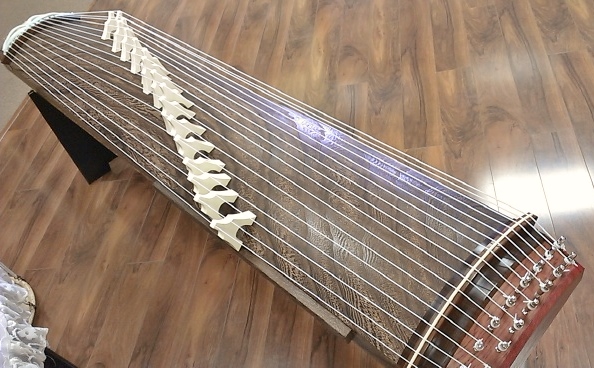
Other horizontal flutes, such as the takebue and shinobue are also frequently played during festivals. The nohkan is the flute used in the Noh Theatre. In the Middle Ages, the shakuhachi was associated with wandering Buddhist monks known as komuso, who played it essentially as a spiritual exercise. All the string instruments are played by plucking with a fret.Īlthough most of the flutes are horizontal, the most popular is still the vertical, recorder-like flute made of bamboo, the shakuhachi. There are various types of biwa - a short-necked lute with four strings and the long-necked shamisen with three strings. Among the sitars are the wagon, with six strings, and the thirteen-stringed koto. Traditional string instruments include variations of the sitar and long- or short-necked lutes. The tsuzumi - the hourglass drum - is used mainly in the Noh and Kabuki theatres. There are also miniature drums used by dancers. There is actually one type of koto that has even 20 strings.

Unlike western stringed instruments such as violins and guitars, the koto actually consists of 13 strings that are strung over 13 bridges. Among the tacked drums are the taiko, mostly employed for court music and festivals. The koto, also known as 'Japanese harp', is a Japanese stringed instrument with a rich and detailed history. Drums with tacks are usually barrel-shaped, whereas those with ropes tend to be shaped like an hourglass or tube. The drums are usually beaten with drumsticks. Most of the Japanese drums have a membrane on either side, attached to the frame with ropes or tacks. String instruments played with a bow are relatively rare in the history of Japanese music and trumpets, whether of metal or conch-shells, are even rarer. The Kodo troupe of drummers that visited Israel a decade ago, and the Yoshida Brothers, who play the shamisen (see further) are only two examples of contemporary musicians who are reviving the traditional instruments, with great success in Japan and worldwide.Įach type of instrument is adjusted to the desired range of a specific musical genre. In recent years, the number of musicians incorporating traditional instruments in their performances has increased. Others, including bells and drumming, are used in Buddhist ceremonies and in gagaku (the music of the imperial court). The biwa is a stringed instrument with a short neck and a rounded body. If you like classical music, with a bit of a flair, you will probably like the koto played by an experienced musician.Three types of instrument are used for performing traditional Japanese music - drums, stringed instruments, and wind instruments (especially the flute). If the song is slower, the koto is normally played slower, using less strings at a time. Legend has it that a famous performer, named Aka Inko, was.


However, there is also a myth surrounding the origins of the sanshin. It entered Japan via the Ryukyu Kingdom, or what is known in present times as Okinawa. Normally faster-paced songs are played on the koto faster, with more strings being played at one time. The shamisen, or sanshin, is a three stringed instrument, introduced to Japan from China during the Muromachi period (1337-1573). Since the koto is placed on the ground, with the strings facing up of course, the koto player's sit on the floor directly behind the instrument. It looks kind of like a harp, but instead of being upright it is placed on the ground. The Japanese instrument koto is very unique and makes a beautiful sound.
Japanese stringed instruments movie#
I totally remember seeing this instrument in that movie "Memoirs of a Geisha." It was mentioned in the book too, from what I recall.Īnyway, I've never heard a koto played in person, but I remember it sounded very nice in the movie. Then when the articles mentioned that geisha's play it sometimes, it clicked. When I was reading this article, I kept thinking the koto sounded kind of familiar. And I don't blame them, it was pretty awesome! They comprise a range of string, wind, and percussion instruments. The koto is the national instrument of Japan, and measures at about 180 centimeters, or 71 Inches, in length. Traditional Japanese musical instruments, known as wagakki () in Japanese, are musical instruments used in the traditional folk music of Japan. It was wild! I heard that Tool liked it so much they put a link on their fanpage to the video too. Tracing its origins to the Chinese Zheng, the Koto is a traditional Japanese stringed instrument. However, I did see an online video quite awhile ago of someone covering a Tool song on a koto.

September 30, - I've never seen a koto in person either.


 0 kommentar(er)
0 kommentar(er)
